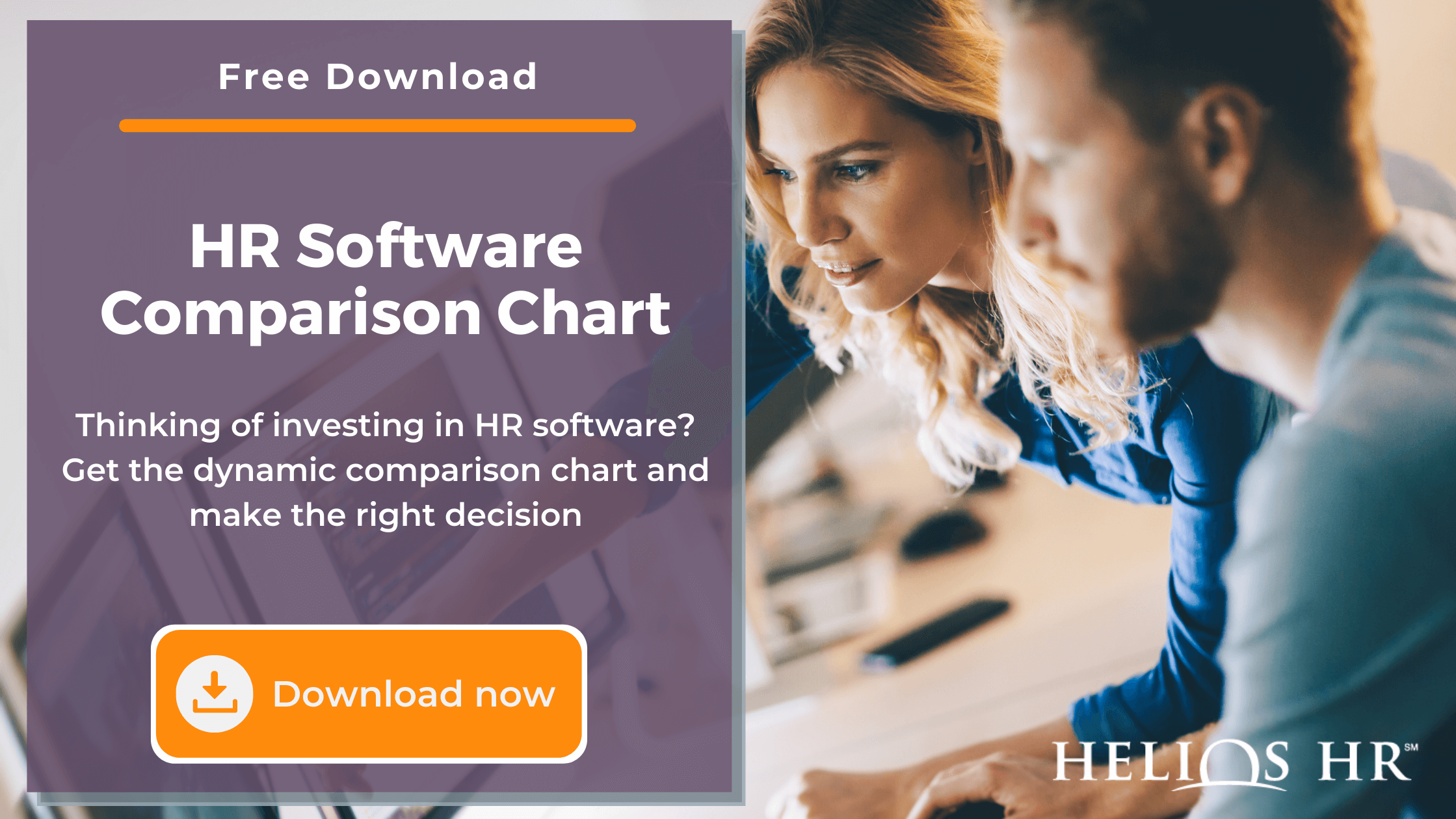By: Helios on April 6th, 2011
What is an HRIS System? And is it Right for Your Small Business?
Is your business growing or expecting growth? Are more and more of your employees working remotely and across the country? How can a small or mid-sized organization manage these challenges along with new compliance obligations that accompany these changes without adding HR staff?
With the right technology, your employees can stay connected with easy access to information they need, and your current HR staff can effectively manage the organization's personnel data, and maintain compliance with federal and state employment regulations.
4 Considerations to Review with an HR Information System
Here are some top things you should consider in leveraging a Human Resource Information System (HRIS):
- Enhanced Efficiencies/Improved Recordkeeping: Many Human Resource departments are overburdened with the administrative task of recordkeeping. Benefits eligibility, EEO information, I-9s, and FMLA are often tracked using a burdensome manual spreadsheet or database that is difficult and time-consuming to maintain. However, an HRIS will provide a single, secure repository for confidential HR information that is available 24/7 from any location with access to the internet.
By using an HRIS, an organization can reduce time spent by HR on remedial tasks while ensuring accuracy of their records. An organization required to maintain security clearances or certifications can track this data in their HRIS and ensure notification when clearances and certifications are pending expiration. - Improved Productivity via Employee Self Service: Employee Self Service (ESS) quickly reduces HR data entry tasks, allowing staff to focus on strategic HR initiatives. With an HRIS employees are able to log in and manage their own data, with the ultimate approval continuing to be granted by Human Resources. An employee can log in and change an address, update W-4 data, emergency contact information, dependents, beneficiaries and direct deposit information.
According to the CedarCrestone HR Systems Survey results, 60% of respondents reported utilizing employee self-service and manager self-service modules in their HRIS. In that same survey, 60% of organizations reported facing pressure to increase productivity, reduce labor costs, and still provide superior service levels. When employees can enter and find information online it translates into fewer calls to the HR and payroll departments. In addition to reducing or eliminating the use of paper forms, many organizations can maintain a lower HR to employee ratio. - Automated Benefits Management: Annual open enrollment processes can go from a time-consuming task requiring HR to spend time educating and following up with employees, to completion with the click of a mouse. HR staff can click a button that initiates an automated open enrollment process.
Employees receive a notification that explains any changes and walks them through the updated plan options. After an employee makes a selection, the information is sent directly to the benefit carriers, and their new elections take effect. - Single Point of Entry for Data: A fully integrated HRIS system eliminates the need to enter an employee's information in multiple systems. Once the employee's record is created, that information will immediately populate all other applications. The information will be available to Payroll, IT or Security with the click of a mouse. With this single point of entry, information is far more likely to be accurate as the likelihood of data entry errors is reduced.
This single data entry method allows maintenance of an efficient HR staff-to-employee ratio as your organization grows. According to the Institute for Corporate Productivity's Future of HR Survey, the ratio of HR staff to employees for high-performing companies with fewer than 100 employees is 1:57. For larger organizations, this ratio grows to 1:124 for high-performing organizations. With the help of a fully integrated HRIS system, an organization can expect to optimize the ratio of HR staff to employees throughout a growth phase.
If your compliance is still tracked manually, it's time to consider a cost-efficient technology upgrade that will ensure compliance and prepare your organization for growth. Prepare now with HRIS systems that will cost far less than you may think and will demonstrate their value in increased efficiencies and opportunity to scale.





